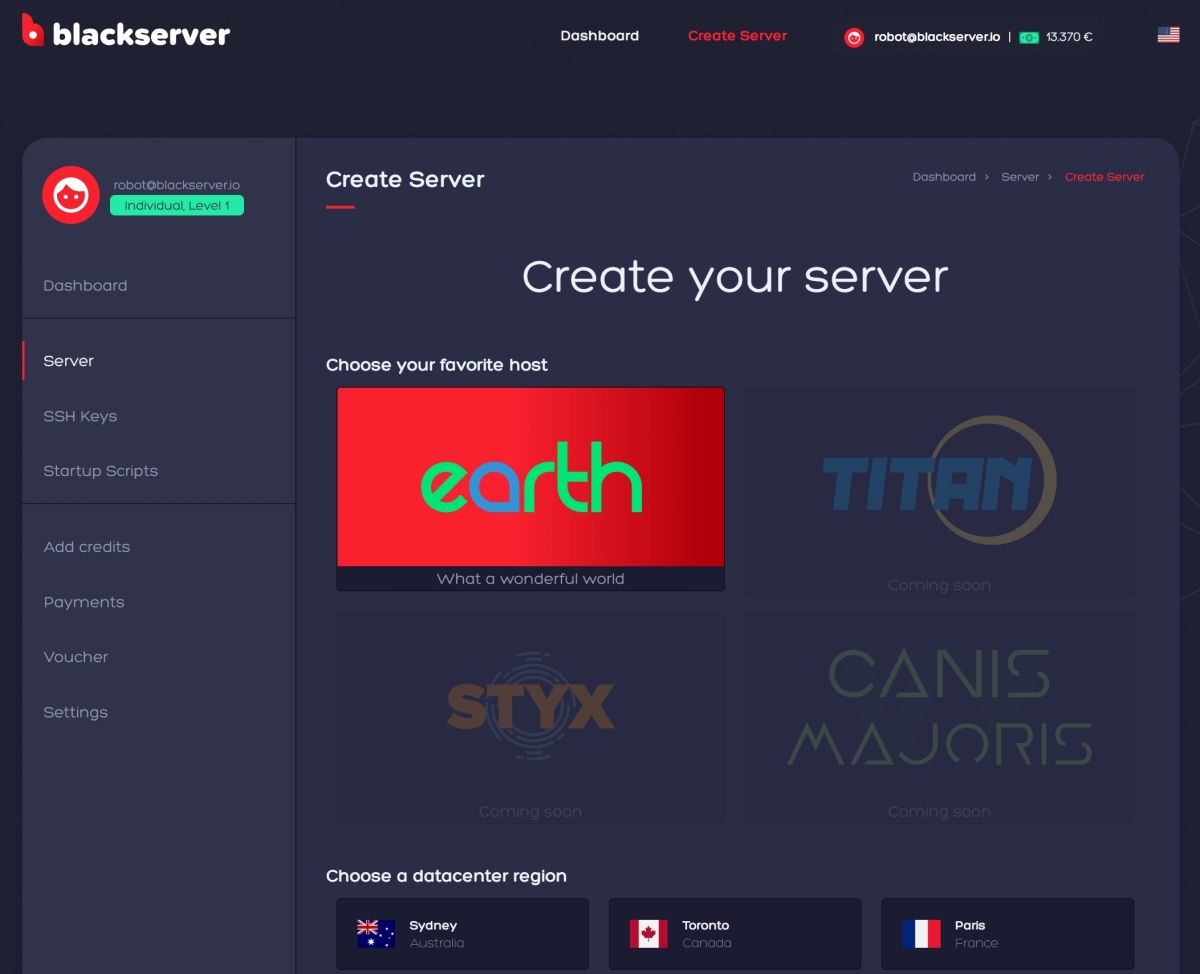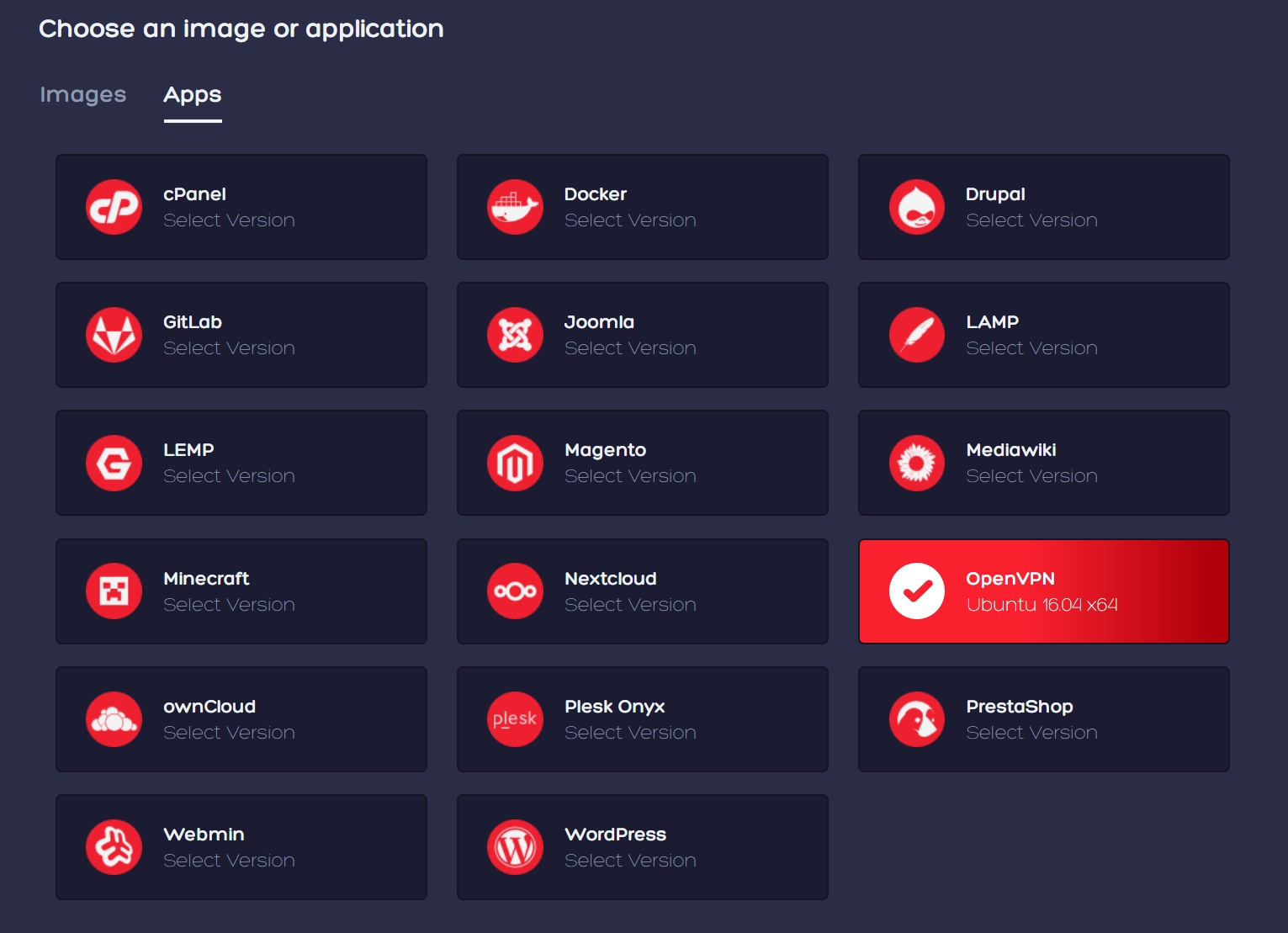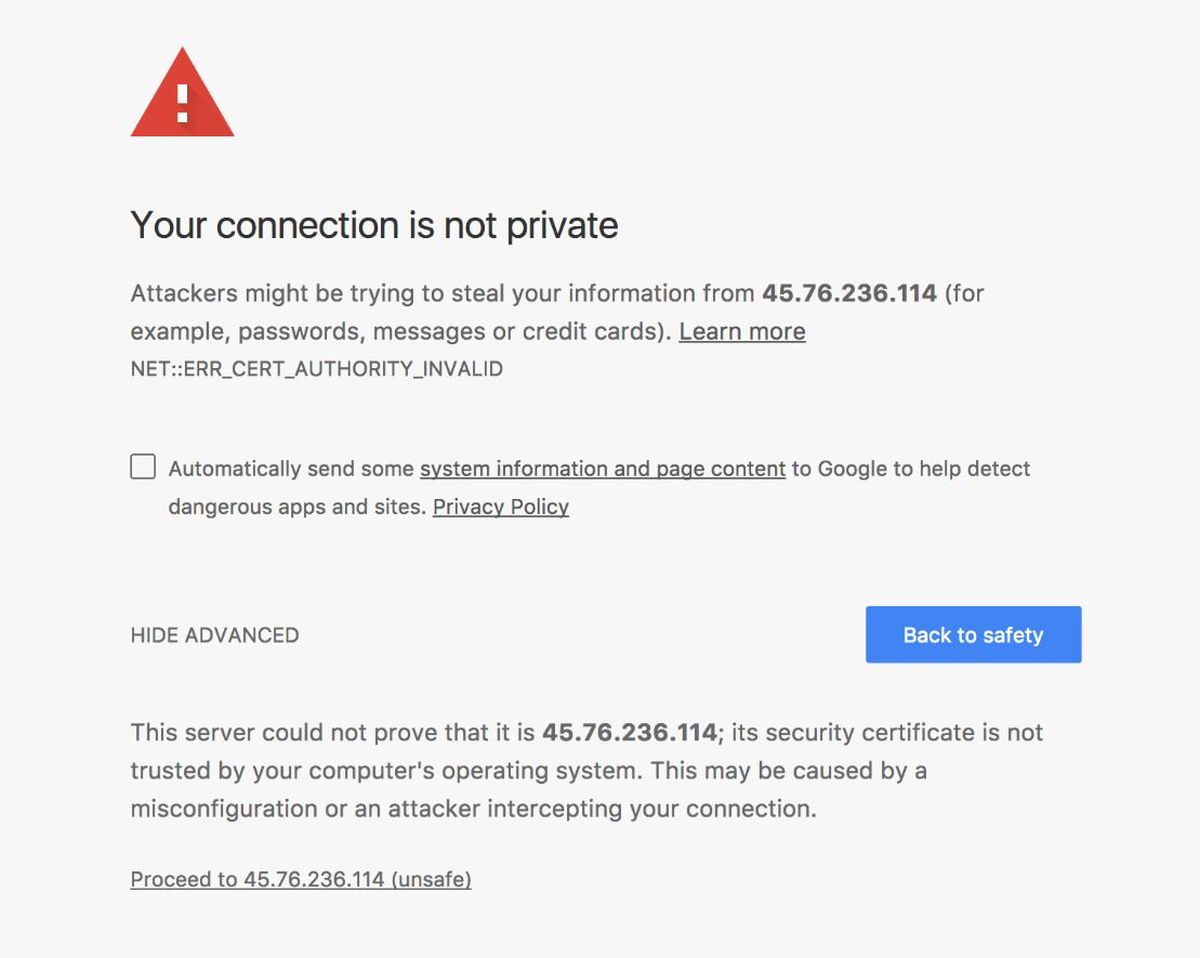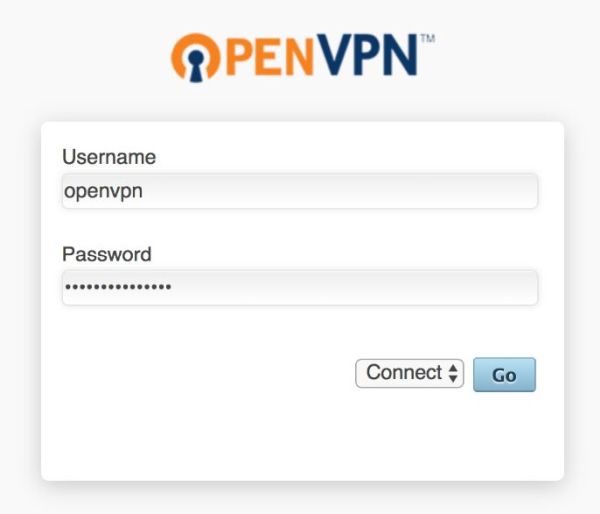Anonymous VPN
Create your own anonymous VPN Server in minutes using our OpenVPN App
In this guide we'll show you the easiest way to create your own OpenVPN Server, paid with Bitcoin or other cryptocurrencies.
We here at Blackserver think privacy is very important and a fundamental human right. We want to increase the only privacy.
An anonymous VPN is a key way to help protect your information online, as well as your identity. A common way to get a VPN setup is to use a VPN provider. Whilst the traffic between your device and the VPN is encrypted, traffic from the VPN is still readable by your VPN provider. You're simply moving the risk down the VPN tunnel, which unfortunately means you are not completely anonymous.
To setup your own VPS to create an anonymous VPN may sound complex, but with Blackserver you have the powerful tools to set up your own OpenVPN server in minutes!Create an account
Blackserver lets you easily create VPS servers and you can pay with Bitcoin,
Bitcoin Cash, Ether and many other cryptocurrencies.
Register your account now and get free credits to start your first server instantly!
Create account
Create VPN app
Login to your account and click on Create Server
For the VPN we're using the "Eearth" host. Our Earth host provides OpenVPN as a one-click app, which makes it easy to setup.

Select "Earth" as your host, choose a datacenter region and change from "Image" to the "Apps" tab. Set the "OpenVPN" as App type.

Finish your setup and choose your preferred server size, optional features, ssh keys and set a server hostname. When you ready click on "Create" and Blackserver will create your OpenVPN server instantly.
Password
Once your server is finished launching, you will see it in your server list.

Copy the IP address and connect via SSH and the root password to our OpenVPN server:
ssh [email protected]
The OpenVPN App comes with an openvpn user by default. Please set your password for that user:
passwd openvpn
Alternatively, you can add a new user. All users are able to access the OpenVPN installation by default.
Connect
You can access your OpenVPN installation by simply visiting https://[SERVER_IP]
For our example: https://45.76.236.114
Most browsers will complain that the self-signed SSL certificate is invalid.

You can savely accept the SSL warning and proceed.

Log in to the OpenVPN web interface with the user (openvpn) and passowrd your configured. From the OpenVPN web interface follow the instructions and download and install the OpenVPN client for your device.
OpenVPN client setup
Windows Client
- Login to https://[SERVER_IP] as the client that you want to connect to your VPN with. The default is "openvpn".
- Download the .msi installer.
- Proceed through the installation wizard.
- Locate the "OpenVPN Client" shortcut (desktop, start menu, or application menu), launch this application.
- An OpenVPN icon will appear by the system clock
- Click the icon, then click "Connect [SERVER_IP]" from the popup menu. If you do not see your server's IP in the list, revisit the https://[SERVER_IP] site again and follow the steps to connect. Your web browser may block content on that page that prevents your tray icon from updating - in this case, you will need to allow content on that page to run.
- Follow the login prompts. Once completed, you will be on the VPN hosted by your server.
Mac OS X Client
- Login to https://[SERVER_IP] as the client that you want to connect to your VPN with. The default is "openvpn".
- Download the .dmg installer
- Right click on the downloaded .dmg installer and click "Open". Allow the installation from an unidentified developer.
- Proceed through the installation wizard.
- Navigate to /Applications/OpenVPN.
- Launch "OpenVPN Connect.app".
- An OpenVPN icon will appear by the system clock.
- Click the icon, then click "Connect [SERVER_IP]" from the popup menu. If you do not see your server's IP in the list, revisit the https://[SERVER_IP] site again and follow the steps to connect. Your web browser may block content on that page that prevents your tray icon from updating - in this case, you will need to allow content on that page to run.
- Follow the login prompts. Once completed, you will be on the VPN hosted by your server.


 English
English Deutsch
Deutsch